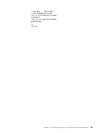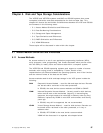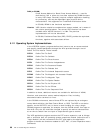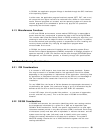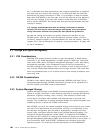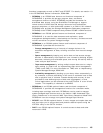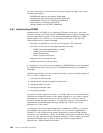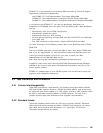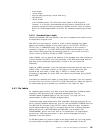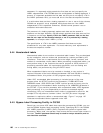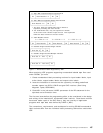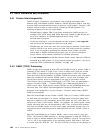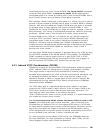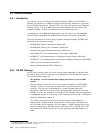
DFSMS FIT is documented in the following IBM International Technical Support
Organization publications (Redbooks):
Get DFSMS FIT: Fast Implementation Techniques
, SG24-2568
DFSMS FIT: Fast Implementation Techniques Process Guide
, SG24-4478
DFSMS FIT: Fast Implementation Techniques Installation Examples
, SG24-2569
In conjunction with DFSMS FIT, you can use NaviQuest. NaviQuest is a
component of DFSMSdfp and is an option from the ISMF panels. With NaviQuest
you can:
•
Automatically test your DFSMS configuration
•
Automatically create test cases
•
Automatically test your ACS routines
•
Perform storage reporting, through ISMF and with DCOLLECT and VMA data
•
Print ISMF lists
•
Run ISMF functions in batch mode, using the REXX EXECs provided
For more information on NaviQuest, please refer to the
NaviQuest User
′
s Guide
,
SC26-7194.
There are DFSMS education courses available to learn more about DFSMS and
how it can be implemented. To find information concerning IBM Education and
Training′s storage systems curricula for your area, contact your IBM
Representative or the IBM E&T Web site at:
http://www.training.ibm.com/ibmedu/roadmaps/mainframe/storsys/
In addition, many users have found the ADSTAR Distributed Storage Manager
(ADSM) to be of great value when LAN attached workstations are part of your
overall system solution.
DFSMS is a standard part of your OS/390 system. Use its facilities to ease your
migration and subsequent operations.
5.4 Tape Similarities and Differences
5.4.1 Volume Interchangeability
Tape label conventions, requirements, and handling techniques differ between
VSE and OS/390 systems. However, OS/390 should be able to read and process
all tapes that have been created on a VSE system. Similarly, VSE systems should
be able to read tape volumes created by OS/390 systems. The rest of this
chapter explains tape label differences and migration considerations.
5.4.2 Standard Labels
Tapes with standard labels written by VSE can be read by OS/390. Standard
labels are 80-character records recorded in EBCDIC and odd parity on 9-track
tape, BCD and even parity with translation, on 7-track tape. The first four
characters always identify the labels.
Chapter 5. Disk and Tape Storage Considerations 103



